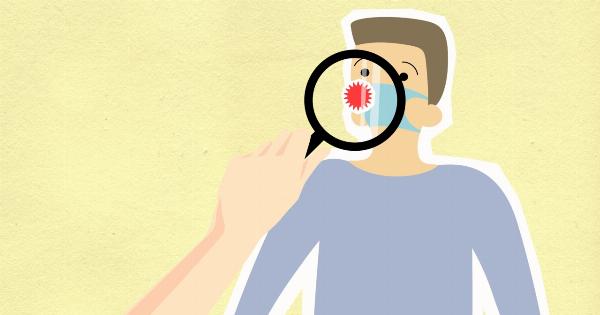Respiratory infections are a common occurrence in childhood. While most infections are not serious and go away on their own, some can have long-term effects that can affect a child’s health well into adulthood.
In this article, we will discuss the long-term effects of childhood respiratory infections.
What are Childhood Respiratory Infections?
Childhood respiratory infections are infections that affect the respiratory system, which includes the lungs, nose, throat, and sinuses. The most common types of respiratory infections in children are:.
- Colds
- Flu
- Pneumonia
- Bronchiolitis
- Croup
- Asthma
The Short-Term Effects of Childhood Respiratory Infections
The short-term effects of childhood respiratory infections include the typical symptoms of coughing, sneezing, sore throat, fever, and runny nose.
These symptoms can be uncomfortable for a child, but they usually disappear without any long-term effects.
However, some respiratory infections can be more severe and require medical attention. For example, pneumonia can cause difficulty breathing and requires hospitalization in some cases. In severe cases, respiratory infections can be life-threatening.
The Long-Term Effects of Childhood Respiratory Infections
While most respiratory infections in childhood do not have long-term effects, some can lead to chronic respiratory problems that can last well into adulthood. These long-term effects can include:.
1. Asthma
Asthma is a chronic respiratory condition that causes inflammation and narrowing of the airways. According to the American Lung Association, approximately 8.3% of children in the United States have asthma.
Childhood respiratory infections, particularly those that affect the lower respiratory tract, are a risk factor for developing asthma later in life.
2. Chronic bronchitis
Chronic bronchitis is a condition in which the bronchial tubes become inflamed and produce excessive mucus, leading to a persistent cough.
Childhood respiratory infections can damage the bronchial tubes, increasing the risk of developing chronic bronchitis later in life.
3. Chronic obstructive pulmonary disease (COPD)
COPD is a progressive lung disease that makes it difficult to breathe. It is most commonly seen in adults who smoke, but childhood respiratory infections can also contribute to the development of COPD in adulthood.
4. Decreased lung function
Childhood respiratory infections can lead to decreased lung function later in life. Studies have found that children who have had severe respiratory infections in childhood have lower lung function in adulthood.
5. Increased susceptibility to respiratory infections
Children who have had respiratory infections in childhood may be more susceptible to respiratory infections in adulthood.
While this does not necessarily lead to serious health problems, it can be a significant inconvenience and may require more frequent medical care.
Prevention and Treatment of Childhood Respiratory Infections
Preventing childhood respiratory infections is often challenging, as they are highly contagious and can easily spread from person to person.
However, there are steps parents and caregivers can take to reduce the risk of respiratory infections, including:.
- Encouraging frequent hand washing
- Ensuring children receive the recommended vaccines, including the flu vaccine
- Keeping children away from people who are sick
- Limiting exposure to cigarette smoke and air pollution
Treating childhood respiratory infections often involves addressing symptoms rather than the infection itself. Over-the-counter medications can help alleviate symptoms such as coughing, sneezing, and congestion.
In severe cases, medication may be necessary to treat the underlying infection.
Conclusion
While most childhood respiratory infections do not have long-term effects, some can lead to chronic respiratory problems that can last well into adulthood.
Parents and caregivers can take steps to reduce the risk of respiratory infections and seek medical attention when necessary to prevent potential long-term effects.





























